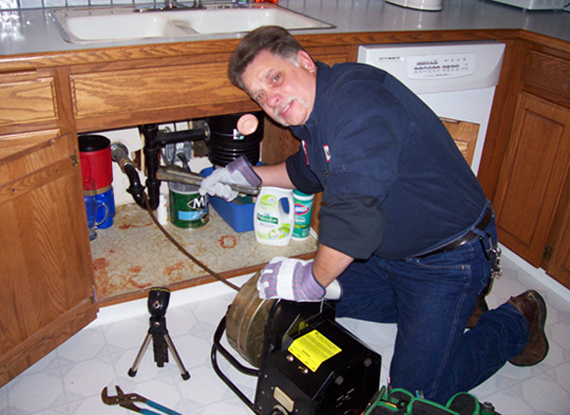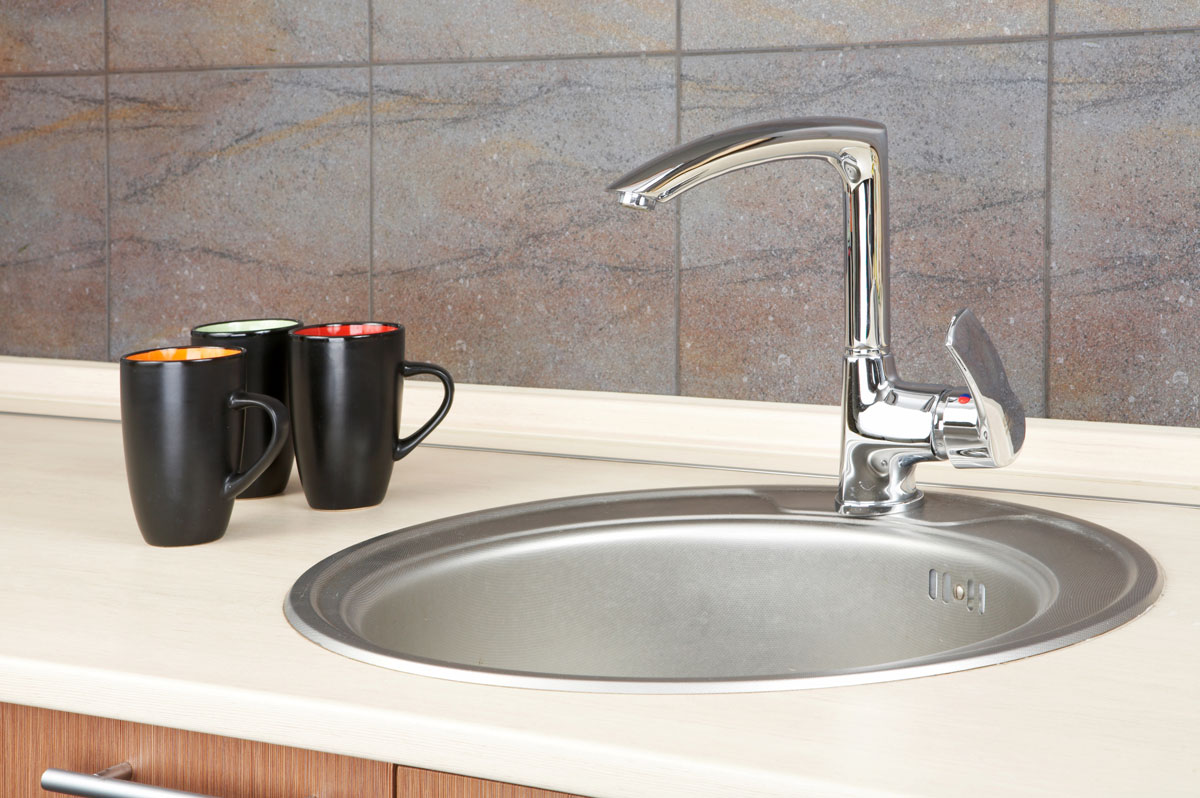The Trouble Down Under - 6 Reasons For Your Kitchen Sink's Drainage Issues
The Trouble Down Under - 6 Reasons For Your Kitchen Sink's Drainage Issues
Blog Article
The content following next in relation to What To Do When Your Kitchen Sink Won’t Drain is exceedingly interesting. Read on and draw your own assumptions.

It's not normal for your kitchen sink to block multiple times in one month. If your sink obstructs twice a week, there's some difficulty going on.
A blocked cooking area drain does not just decrease your jobs, it deteriorates your whole plumbing system, bit by bit. Right here are some usual practices that urge sink blockages, as well as how to avoid them.
You need appropriate garbage disposal
Recycling waste is great, but do you focus on your organic waste as well? Your kitchen ought to have 2 different waste boxes; one for recyclable plastics as well as an additional for organic waste, which can end up being garden compost.
Having actually a designated trash bag will certainly aid you and your household stay clear of throwing pasta as well as various other food residues away. Generally, these residues soak up moisture and become blockages.
The fault isn't from your kitchen area sink in all
Possibly the problem isn't from your kitchen sink, however the whole drain system. In such an instance, you might notice that sinks and drains get clogged every other week. You need a specialist plumbing solution to fix this.
You're throwing coffee down the drain
Utilized coffee premises and also coffee beans still soak up a significant amount of moisture. They may seem tiny enough to throw down the drain, however as time takes place they start to swell and also occupy even more space.
Your coffee grounds ought to go into natural garbage disposal. Whatever portion escapes (perhaps while you're washing up) will be looked after during your regular monthly clean-up.
You've been eating a lot of greasy foods
Your kitchen area sink may still get blocked even with natural garbage disposal. This might be due to the fact that you have a diet regimen abundant in oily foods like cheeseburgers.
This oil coats the insides of pipelines, making them narrower and even more clog-prone.
Utilize a plunger
Your pipe wasn't fixed properly to begin with
If you have actually been doing none of the above, yet still obtain routine clogs in your cooking area sink, you should call a plumber. There might be a trouble with just how your pipelines were set up.
While your plumber shows up, check for any type of leaks or irregularities around your cooking area pipelines. Do not attempt to repair the pipelines on your own. This might trigger an accident or a kitchen flooding.
Somebody tried to wash their hair in the cooking area sink
There's a right time and area for whatever. The kitchen area sink is just not the ideal place to clean your hair. Cleaning your hair in the kitchen area sink will make it clog one way or another unless you make use of a drain catcher.
While a drain catcher could capture most of the results, some hairs may still get through. If you have thick hair, this might be enough to reduce your drainage as well as eventually develop an obstruction.
There's more dust than your pipes can manage
If you get fruits straight from a farm, you might see more kitchen dirt than other individuals that go shopping from a mall. You can conveniently fix this by cleaning the fruits as well as veggies correctly prior to bringing them right into the house.You require proper garbage disposal
My Kitchen Sink Won’t Drain - What Should I Do?
If Your Sink Has a Garbage Disposal...
Turn on the disposal. If the disposal hums and doesn’t turn, then there’s clog in the disposal unit.
Go to your circuit breaker panel, and switch off the circuit breaker to your garbage disposal.
Back in your kitchen, double-check that your garbage disposal is off by trying to turn it on. The disposal should not move, and it should not make any noise.
Lie down underneath your sink so that you can see and access the bottom of the disposal unit. Look for a hole that looks like the head of a hex-head bolt in the center of the unit.
Place an Allen wrench inside this hole and turn it from side to side until you feel a decrease in resistance and are able to rotate the wrench completely in a single direction. This action rotates your disposal’s blade manually.
Put the wrench aside, and press the disposal unit’s reset button or switch.
Flip your garbage disposal’s circuit breaker switch back on, and turn on the unit to see if the obstruction has cleared. If it hasn’t, repeat the steps above until the obstruction is removed.
How to Unclog a Kitchen Sink Drain
If you have a double bowl sink, seal one side of the sink with an airtight lid or a second plunger before plunging the other side. Otherwise, you won’t be able to create adequate suction.
Place the cup of the plunger completely over the drain opening.
Turn on the faucet, and let the water run until it completely covers the cup of the plunger.
Start plunging by pushing the plunger down and pulling up again in order to build up suction. Make sure that the edges of the plunger stay in contact with your sink, or else you’ll lose the suction.
If you have trouble forming a seal between your sink and plunger, add petroleum jelly to the mouth of your plunger, and try again.
Plunge about five or six times before removing the plunger to see if water starts to drain properly. In some cases, you’ll even be able to feel the clog become dislodged while you plunge because suddenly there will be much less resistance. Repeat the plunging process until the clog clears.
Once water is draining properly again, run hot water down the drain for 5 minutes to help clear away grease, grime, and debris from the clog. https://www.plumbingjoint.com/blog/2019/august/my-kitchen-sink-won-t-drain-what-should-i-do-/

My Kitchen Sink Won’t Drain - What Should I Do?
If Your Sink Has a Garbage Disposal...
How to Unclog a Kitchen Sink Drain
https://www.plumbingjoint.com/blog/2019/august/my-kitchen-sink-won-t-drain-what-should-i-do-/
Hopefully you enjoyed our piece about What To Do When Your Kitchen Sink Won’t Drain. Thank you so much for spending some time to read our content. Sharing is caring. Helping people is fun. Bless you for your time. Kindly stop by our blog back soon.
Visit My Web Page
Report this page